Master Your Car’s Suspension System Safety Today
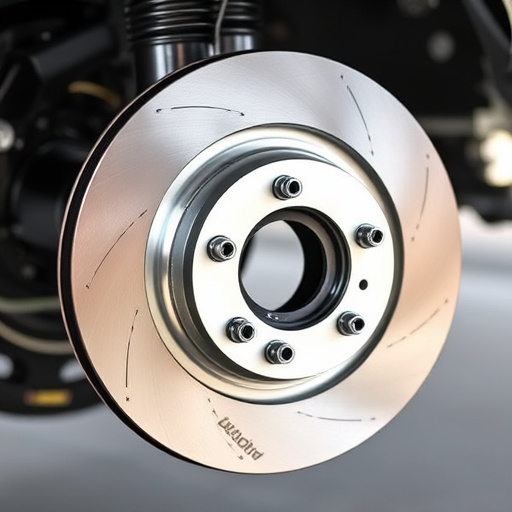
The car suspension system, comprising coils, springs, struts, and shock absorbers, ensures a smooth…….
Welcome to an in-depth exploration of the often-overlooked yet critical component of automotive engineering—the car suspension system. This intricate network of components is the unsung hero that ensures a comfortable, stable, and safe ride for drivers and passengers alike. In this comprehensive article, we will dissect the various aspects of car suspensions, from their fundamental design to their profound impact on the modern automotive industry and beyond. Get ready to discover how these systems evolve, adapt, and shape our driving experiences.
A car suspension system is a complex arrangement of mechanical components that connects a vehicle’s chassis to its wheels, enabling it to traverse various road surfaces smoothly and safely. Its primary function is to absorb and distribute the forces generated during driving, ensuring optimal tire contact with the road. The key components include:
The concept of car suspensions has evolved significantly over centuries. Early vehicles relied on solid axles connected by springs, offering basic cushioning but little control. In the late 19th century, independent suspension systems began to emerge, primarily in high-end cars, providing better handling and a smoother ride. The invention of the modern coil spring in the early 20th century revolutionized car suspensions, leading to widespread adoption across various vehicle types.
Car suspension systems are critical for several reasons:
Car suspension systems exhibit remarkable diversity across the globe, reflecting regional road conditions, cultural preferences, and manufacturing innovations. Here’s a glimpse into some regions:
Several trends are set to shape the car suspension industry in the coming years:
| Trend | Description |
|---|---|
| Electric Vehicle (EV) Integration | With the rise of EVs, suspension design focuses on minimizing weight and optimizing battery placement while maintaining safety and ride quality. |
| Advanced Materials | New materials like carbon fiber and lightweight alloys are being explored to enhance suspension performance and reduce vehicle weight. |
| Adaptive Damping Systems | These systems adjust damping forces in real time, improving stability and comfort, especially on rough roads. |
| Semi-autonomous and Autonomous Vehicles | The development of self-driving cars requires advanced suspension systems for precise control and stability during different driving modes. |
The global car suspension system market was valued at USD 57.2 billion in 2021 and is projected to grow at a CAGR of 6.8% from 2022 to 2030 (Source: Grand View Research). This growth can be attributed to several factors:
Investment in car suspension research and development is concentrated in regions with robust automotive manufacturing hubs, such as North America, Europe, and Asia Pacific. These areas benefit from economies of scale and advanced manufacturing capabilities. However, emerging markets also present significant opportunities due to their growing middle class and improving road infrastructure.
The car suspension industry contributes to economic growth in several ways:
The pursuit of better performance, safety, and efficiency has led to several groundbreaking technological advancements in car suspensions:
The future holds immense potential for suspension technology:
Governments worldwide have implemented policies and regulations to ensure vehicle safety, environmental sustainability, and consumer protection, all of which influence car suspension systems:
Regulatory bodies play a pivotal role in shaping the car suspension industry:
Despite significant advancements, car suspension systems face several challenges and criticisms:
To address these challenges, several strategies can be employed:
Tesla’s Model S showcases a cutting-edge adaptive air suspension system that delivers both comfort and performance. This system uses electronic controls to adjust the height and stiffness of each wheel independently, providing a smooth ride at high speeds and improved stability during cornering. The Model S’ ability to maintain optimal tire contact enhances handling and safety, setting a new benchmark for luxury sedans.
The iconic Land Rover Defender employs a traditional solid axle suspension system, known for its durability and simplicity. This setup offers excellent off-road capabilities, as it provides a high ground clearance and robust performance over rough terrain. While it may lack the comfort of modern adaptive suspensions, the Defender’s suspension design has remained faithful to its rugged heritage, appealing to enthusiasts who prioritize off-road adventure over luxury.
Toyota’s Prius, a pioneer in hybrid vehicles, features a unique suspension system tailored to its hybrid powertrain. The front suspension uses a double wishbone design for improved precision, while the rear employs a semi-independent layout. This setup optimizes ride quality and handling, demonstrating that hybrid vehicles can deliver both fuel efficiency and driving pleasure.
The future of car suspension systems is filled with exciting possibilities:
To stay ahead in this evolving landscape, car suspension manufacturers should:
In conclusion, car suspension systems are a testament to human ingenuity, continually evolving to meet the ever-changing demands of automotive technology and society. From their humble beginnings as basic solid axles to today’s advanced electric and adaptive suspensions, these systems have become integral to our daily lives. They ensure safe, comfortable, and enjoyable driving experiences while contributing significantly to vehicle performance, handling, and efficiency.
As we look ahead, the car suspension industry stands at a crossroads, poised to embrace electric vehicles, autonomous driving, and connected car technologies. Manufacturers must navigate regulatory challenges, adopt innovative materials, and prioritize sustainability to meet the demands of a rapidly changing automotive landscape. With continuous advancements, car suspensions will continue to unlock new possibilities, enhancing our connection with the road and shaping the future of motoring.
Q: What is the primary function of a car suspension system?
A: The primary function is to absorb and distribute forces generated during driving, ensuring optimal tire contact with the road for safety, comfort, and control.
Q: How do I know if my car’s suspension needs service?
A: Regular signs include uneven tire wear, a rough ride, vehicle pull to one side, or excessive noise from the suspension. Periodic inspections and maintenance are crucial to maintaining optimal performance.
Q: Can car suspensions be upgraded for better performance?
A: Absolutely! Upgrades range from simple adjustments like shock fluid changes to more complex modifications like installing new control arms or multi-link suspensions, depending on your budget and desired improvement.
Q: What role do sensors play in modern suspension systems?
A: Sensors monitor various parameters, such as wheel speed, acceleration, and road conditions, enabling advanced suspensions to adjust damping forces in real time for improved stability and ride quality.
Q: How does climate impact car suspension performance?
A: Extreme temperatures can affect suspension fluid viscosity, while harsh weather conditions may accelerate wear on components. Regular maintenance and using suspension fluids designed for various climates are essential to mitigate these effects.

The car suspension system, comprising coils, springs, struts, and shock absorbers, ensures a smooth…….
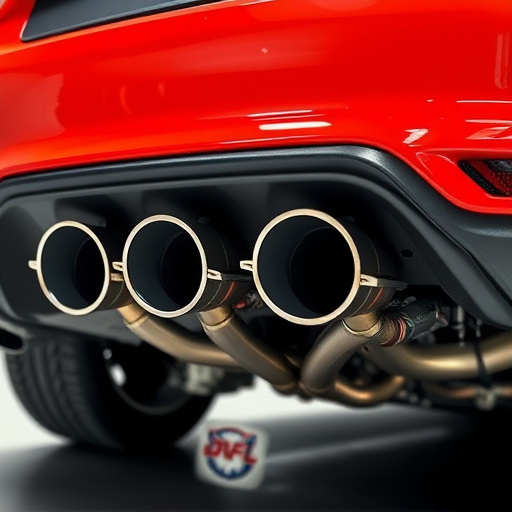
Car suspension system issues are common, affecting performance and safety. Parts like shocks, struts…….
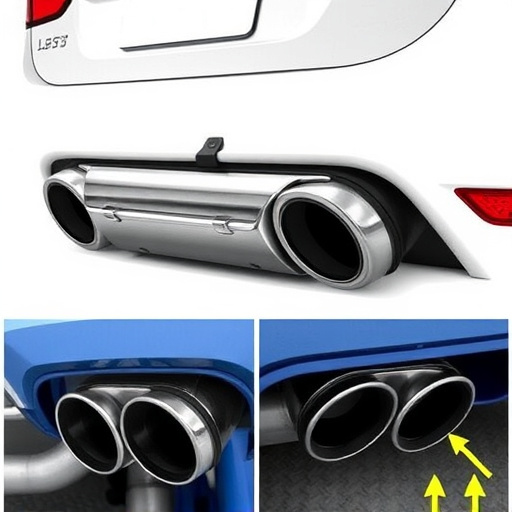
The car suspension system smooths road irregularities, connects wheels to chassis, and ensures tire…….
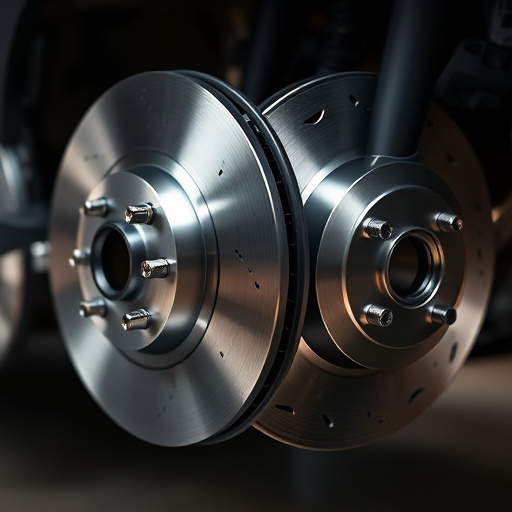
The car suspension system, comprising springs, shock absorbers, and related components, is vital for…….
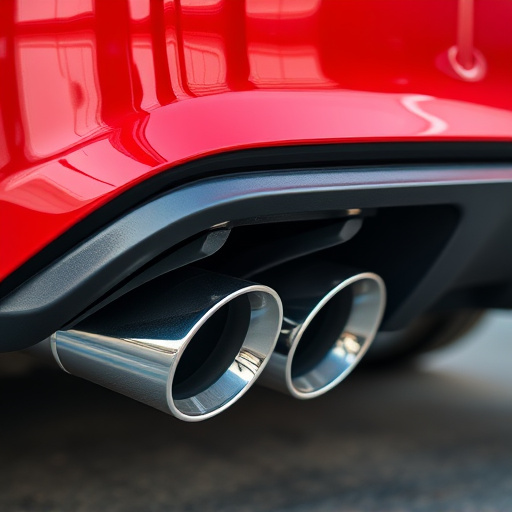
The car suspension system is vital for vehicle performance and safety but poses environmental challe…….
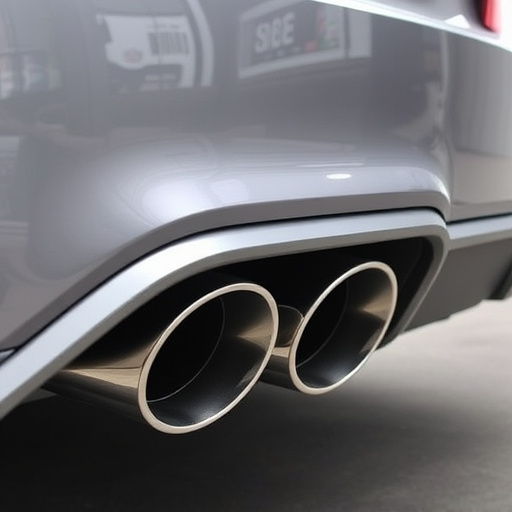
The car suspension system, comprising springs, shock absorbers, control arms, and stabilizers, is ke…….

Car suspension system noises signal structural issues, caused by worn parts like bushings, ball join…….
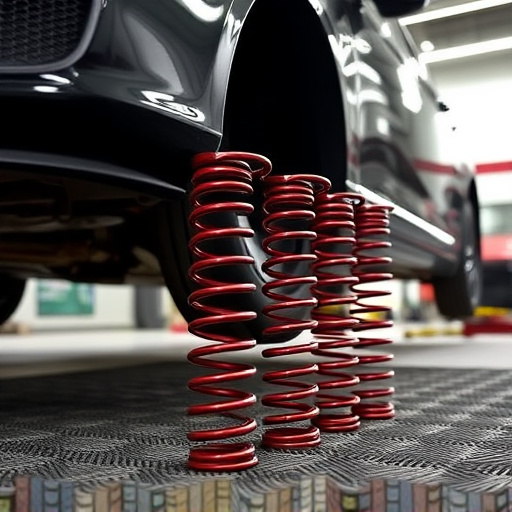
The car suspension system is a complex network vital for smooth riding and vehicle control, comprisi…….

Before replacing car suspension system components (shocks, struts, control arms), thoroughly inspect…….